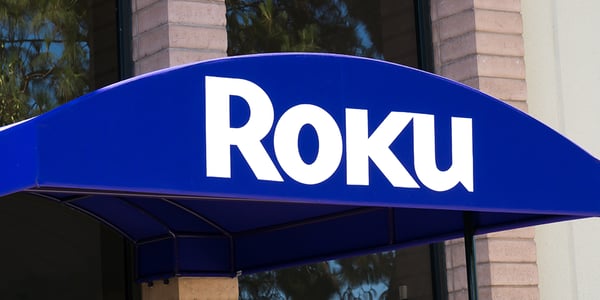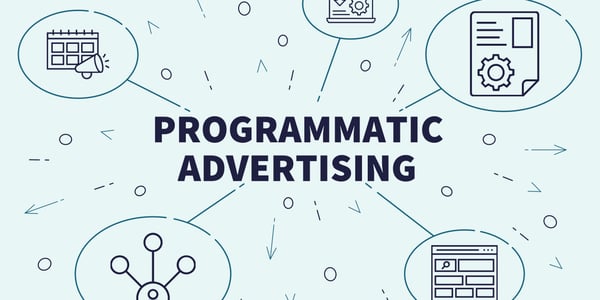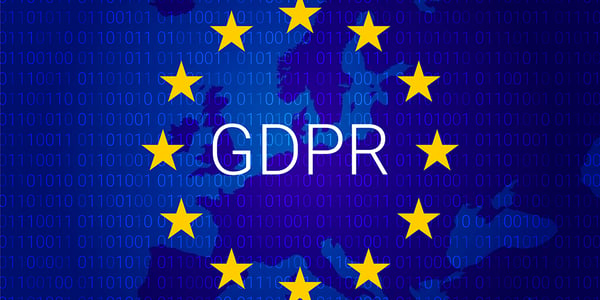


This week's review of ad fraud and quality in the digital advertising space.
.png?width=600&name=march-2018-pixalate-gsti-top-five-programmatic-seller-rankings-(1).png)
Pixalate this week released the Q1 2018 rankings for the Global Seller Trust (GSTI), Mobile Seller Trust (MSTI), and Video Seller Trust (VSTI) programmatic Seller Trust Indexes. The VSTI rankings indicate that the gap in quality between high- and low-ranking programmatic video ad sellers is decreasing, while the MSTI reveals that the mobile in-app ad ecosystem is still rapidly expanding.
Download our latest rankings here.

eMarketer uses five charts to keep the marketing industry updated on the latest trends in programmatic. "In response to advertisers' demands for more transparency, last year the Interactive Advertising Bureau (IAB) Tech Lab launched ads.txt, a text file on publishers’ sites that lists all the vendors that are authorized to sell their inventory," wrote eMarketer. "More than half of the top 5,000 websites worldwide that sell programmatic ads have adopted ads.txt, according to Pixalate."

As reported by the Wall Street Journal, "Roku Inc. said it is launching a marketplace where TV networks can sell commercial space that targets specific audiences, adding to an array of companies trying to make TV advertising more targeted." Recent Pixalate data revealed that Roku commands over 80% of the programmatic video CTV/OTT ad share of voice.

According to eMarketer, citing a Nielsen study from Q1 2018, "When it comes to programmatic advertising, marketers have split feelings." The article cites a survey which reveals that just over half (54%) of marketers think programmatic is either "extremely" or "very" effective. A further 19% think it's "somewhat" effective, while 9% think it's "not very" effective. Only 2% think it's not effective at all.

“Pretty much everyone is breaking the law right now,” said Denmark-based media analyst Thomas Baekdal, as reported by Digiday. “There is not a single consent dialogue box anywhere that is easy to understand. We [publishers] have not really realized how much this is going to hit us. Everyone is trying to make things work the way they used to, rather than thinking about privacy.”
Sign up for our blog to stay updated with new stats, trends, and analysis of digital ad fraud.
*By entering your email address and clicking Subscribe, you are agreeing to our Terms of Use and Privacy Policy.
These Stories on Weekly Recaps
*By entering your email address and clicking Subscribe, you are agreeing to our Terms of Use and Privacy Policy.

Disclaimer: The content of this page reflects Pixalate’s opinions with respect to the factors that Pixalate believes can be useful to the digital media industry. Any proprietary data shared is grounded in Pixalate’s proprietary technology and analytics, which Pixalate is continuously evaluating and updating. Any references to outside sources should not be construed as endorsements. Pixalate’s opinions are just that - opinion, not facts or guarantees.
Per the MRC, “'Fraud' is not intended to represent fraud as defined in various laws, statutes and ordinances or as conventionally used in U.S. Court or other legal proceedings, but rather a custom definition strictly for advertising measurement purposes. Also per the MRC, “‘Invalid Traffic’ is defined generally as traffic that does not meet certain ad serving quality or completeness criteria, or otherwise does not represent legitimate ad traffic that should be included in measurement counts. Among the reasons why ad traffic may be deemed invalid is it is a result of non-human traffic (spiders, bots, etc.), or activity designed to produce fraudulent traffic.”



